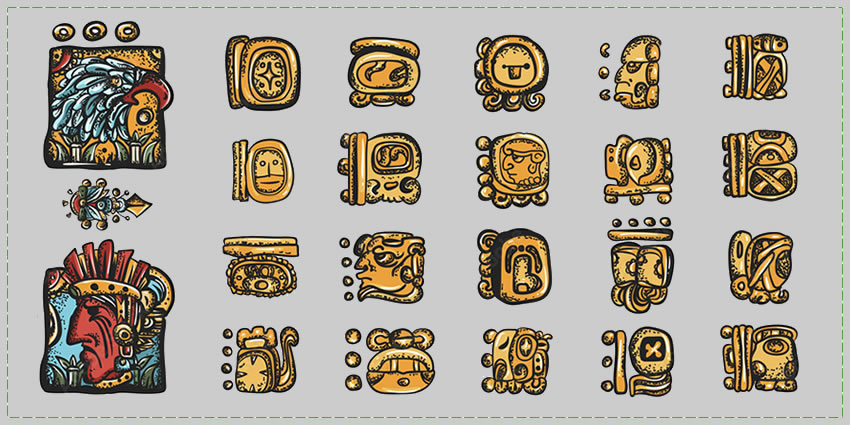
Writing systems of pre-Columbian Mexican cultures: Aztecs, Maya, Zapotec, and Mixtec
Pre-Columbian Mexican cultures were known for their sophisticated and intricate writing systems, which played a significant role in recording their history, beliefs, and daily life.
The ancient Mexican civilizations, including the Aztecs, Maya, Zapotec, and Mixtec, developed unique writing styles that not only served as a means of communication but also reflected their cultural identity.
The Maya civilization, which existed from 2000 BCE to 1500 CE, had one of the most developed writing systems in the pre-Columbian Americas. Their script, known as Maya Hieroglyphs, was used to record their history, religious practices, and astronomical observations, among other things.
The script was based on a combination of pictographs and syllabic symbols and was inscribed on stone monuments, ceramics, and books made of bark paper, known as codices. The Maya codices, which were often brightly painted, were considered sacred artifacts and were used by priests to forecast astronomical events and predict the future.
The Aztecs, who dominated much of central Mexico from the 14th to 16th centuries, also had a sophisticated writing system known as Aztec Writing or Nahuatl Writing.
The script consisted of pictographs, which represented objects and concepts, and phonetic symbols, which represented sounds. The Aztecs used this writing system to record their history, laws, and religious beliefs.
They also used it as a tool for keeping accounts and as a means of communication between different regions of their empire.
The Zapotecs, who lived in the Valley of Oaxaca from 700 BCE to 500 CE, developed a unique writing system known as the Zapotec Writing System. The script consisted of pictographs, which represented objects and concepts, and ideograms, which represented concepts and ideas.
The Zapotecs used their writing system to record their history, religious beliefs, and daily life. Some of the best-preserved examples of Zapotec writing can be found on stone monuments, which still stand in the ruins of their ancient cities.
The Mixtecs, who lived in the region of Oaxaca and Puebla from 800 BCE to 1500 CE, also developed a writing system that reflected their cultural identity. The Mixtec Writing System consisted of pictographs, which represented objects and concepts, and ideograms, which represented concepts and ideas.
The Mixtecs used their writing system to record their history, religious beliefs, and daily life. Some of the best-preserved examples of Mixtec writing can be found on codices, which were brightly painted and illustrated with intricate designs.
In conclusion, the writing systems of pre-Columbian Mexican cultures were highly sophisticated and reflective of their unique cultural identities. These writing systems played a significant role in recording their history, beliefs, and daily life, and continue to provide valuable insight into the ancient civilizations of Mexico.
Let us know if this article was useful for you